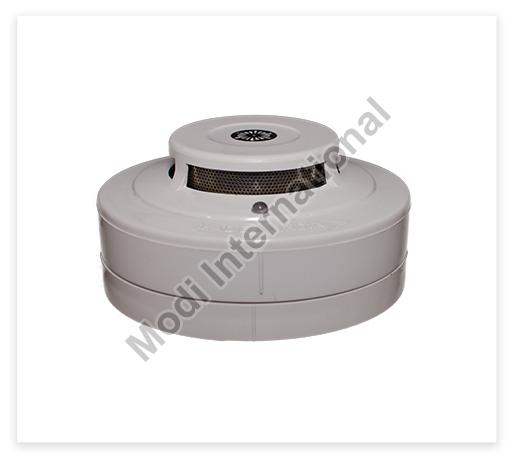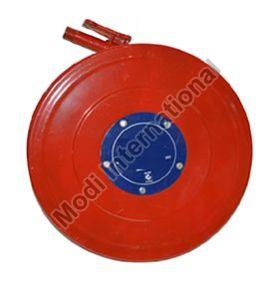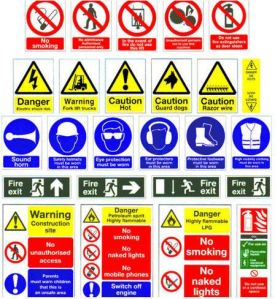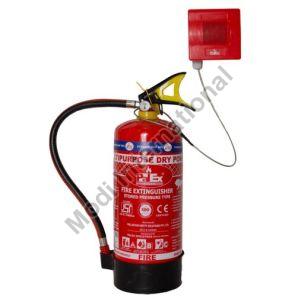Delhi
- GST NO. : 07AQDPM9144N1ZB
+91-9212510131, +91-9958622337
| Business Type | Manufacturer, Exporter, Supplier |
| Model No | 650 |
| Operating voltage Range | 9 to 32 VDC Volts Non - polarized |
| Alarm current (Max) | ≤ 2 mA |
| Click to view more | |
Product Details
An optical smoke detector or photo-electric alarm works on the light scattering principle. The sensor chamber checks for smoke particles after every 10 seconds with the help of a pulsed infrared LED beam. These smoke detectors indicate a fire in non-smoking zones. They are used widely by commercial and industrial buildings as a safety measure.
A commercial smoke detector sends a signal to the fire control panel while household fire alarms give audible or visual alarm from the detector. Smoke detectors are disc-shaped set up in plastic enclosures. The process of smoke detection takes place either through ionization or the photoelectric process. The detectors can use either of the two sensing methods.
Domestic smoke detectors are interlinked and if one of them detects smoke, all the alarms trigger altogether even if the household power has gone out. Smoke detectors are used mostly in hospitals, gyms, office buildings, industries, malls and commercial buildings.
How do Optical Smoke Detectors work?
Smoke detectors work by detecting smoke in the first few seconds of the incident and send the signal to the fire control alarm panel. The types of detectors vary depending on the indicated fire that they detect. It also depends on the detection principle. Smoke, heat and flame are three main indicators of fire.
The process used for detecting smoke is based on the light- scattering principle. When there is fire, smoke particles enter the optical chamber of smoke detectors. The LED light refracts and scatters on a photodiode. Then, the optical smoke detector sends the fire alarm signal to the control panel.
Looking for "Optical Smoke Detector" ?
Explore More Products
Our Blogs




















